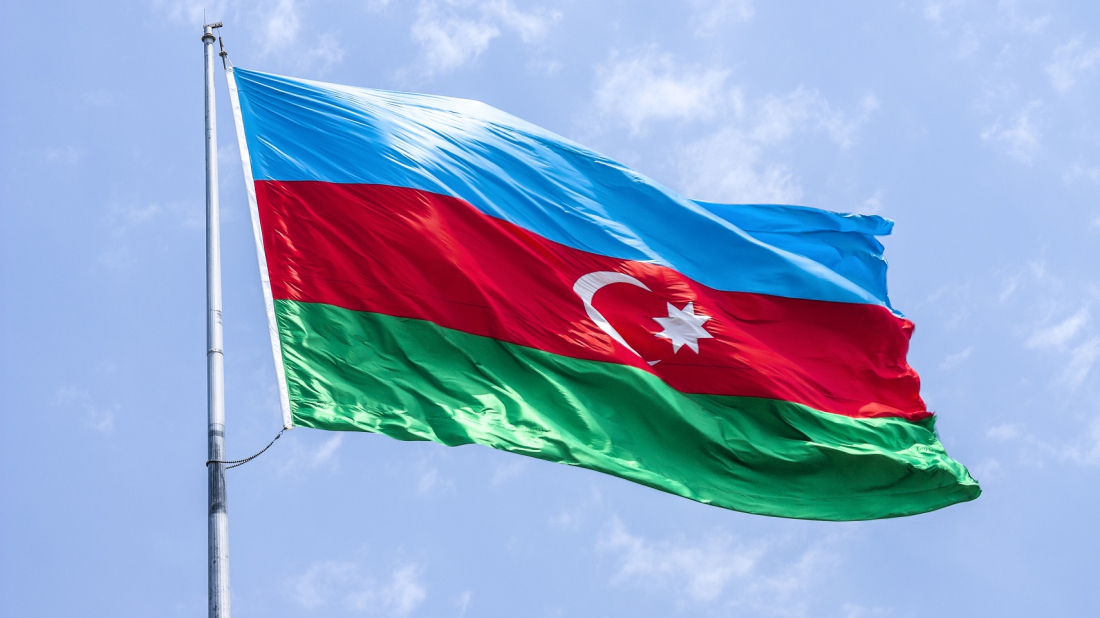Death toll from Indonesia's Central Java landslides rises to 30
The death toll from landslides in two regions of Indonesia's Central Java rose to 30 as rescue efforts continued, the country's disaster mitigation ag...

Amid the threat of civil war and national collapse, Azerbaijan turned to its most experienced statesman, Heydar Aliyev, whose return to power on June 15, 1993, marked the beginning of the country's political revival.
Azerbaijan declared its independence in October 1991, following the dissolution of the Soviet Union. However, the early years of sovereignty were overshadowed by internal turmoil, weak governance, and the deepening conflict in Karabakh. The country entered a period marked by economic collapse, social unrest, and an absence of strong leadership. Public institutions were either dysfunctional or paralysed, and lawlessness pervaded daily life.
In this environment of uncertainty, the Azerbaijani Armed Forces were also in disarray. Poor organisation, lack of discipline, and a dramatic increase in desertions left the country vulnerable on the battlefield. Armenian forces took advantage of this weakness, escalating their occupation of Azerbaijani territories. The nation’s territorial integrity was at serious risk, and with no effective command at the helm, Azerbaijan appeared directionless.
The situation deteriorated further in the political arena. Competing factions and political groups engaged in a power struggle, each vying for control of the fragile state. On May 14, 1992, the Azerbaijani Popular Front seized power, but their governance lacked vision, consistency, and administrative capability. Within a short time, it became evident that the new leadership could not manage the multiple crises engulfing the nation.
By mid-1993, Azerbaijan stood at the edge of civil war. Regional uprisings, military disobedience, and threats of separatism raised the spectre of national disintegration.
In this critical moment, public attention turned to Heydar Aliyev, a seasoned leader with decades of experience in governance. Then serving as the Chairman of the Supreme Assembly of the Nakhchivan Autonomous Republic, Aliyev was seen as the only figure capable of restoring order and preventing the collapse of the state. Responding to the urgent appeals of both citizens and state officials, he arrived in Baku on June 19, 1993.
Aliyev's return to the capital signalled a shift toward stability. On June 15, 1993, just days before his formal arrival in Baku, he was elected Chairman of the Supreme Soviet of the Republic of Azerbaijan. This moment marked the beginning of a new political chapter — one defined by state-building, legal order, and national unity. The date would later be enshrined in Azerbaijan’s collective memory as National Salvation Day, symbolising the country's rescue from internal collapse and external threat.
With his return to national leadership, Heydar Aliyev took decisive steps to halt the chaos. He established control over key state institutions, initiated political dialogue with opposition forces, and worked to restore the army’s operational capacity. His leadership brought an end to the immediate threat of civil war and laid the groundwork for political stability.
In the following months, Aliyev assumed the presidency and launched a comprehensive process of state-building. Under his leadership, Azerbaijan adopted a new Constitution in 1995, established functioning democratic institutions, and took steps toward economic reform and international cooperation. The foundations of a modern Azerbaijani state were thus laid in the wake of National Salvation Day.
Recognising the critical importance of this turning point, the Milli Majlis (National Assembly) officially declared June 15 a national holiday in 1997. It is observed annually as a day of remembrance, pride, and national unity, a time to reflect on the challenges Azerbaijan overcame and to honour the leadership that saved the country from disintegration.
Indonesian authorities evacuated more than 900 people from nearby villages and were helping 170 stranded climbers return safely after the eruption of Semeru volcano, one of the country's tallest mountains.
Iran's air force, heavily reliant on aging F-14A Tomcat jets, faces a growing technological gap as its neighbors rapidly modernize their air forces with advanced fighter jets and air defense systems.
A fresh wave of floods and landslides triggered by heavy rainfall in central Vietnam since the weekend has claimed at least eight lives, according to a government report on Wednesday. Traders have also cautioned that the extreme weather could disrupt the ongoing coffee harvest.
Germany has returned 12 royal-era cultural artefacts to Ethiopia in a ceremony in Addis Ababa, marking a formal step in ongoing cultural cooperation between the two countries.
An off-the-cuff remark by new Prime Minister Sanae Takaichi that triggered Japan's biggest bust-up in years with powerful neighbour China was not meant to signal a new hardline stance.
Ukrainan President Volodymyr Zelenskyy said after talks with a top U.S. Army official on Thursday he was ready for "honest" work with Washington on a plan to end the war in Ukraine, while European allies pushed back against punishing concessions to Russia.
U.S. President Donald Trump removed his 40% tariffs on Brazilian food products, including beef, coffee, cocoa and fruits that were imposed in July to punish Brazil over the prosecution of its former president, Trump ally Jair Bolsonaro.
Axios has published the full 28-point framework drafted by the U.S. administration, outlining a proposed settlement between Ukraine and Russia built on security guarantees, territorial provisions and long-term economic arrangements.
South Africa and the European Union vowed to defend multilateralism on Thursday (November 20), ahead of the G20 summit, as they signed a partnership on critical minerals.
More international support is needed to stabilise the Palestinian fiscal situation, the European Commissioner for the Mediterranean Dubravka Suica said on Thursday (November 20).
You can download the AnewZ application from Play Store and the App Store.

What is your opinion on this topic?
Leave the first comment